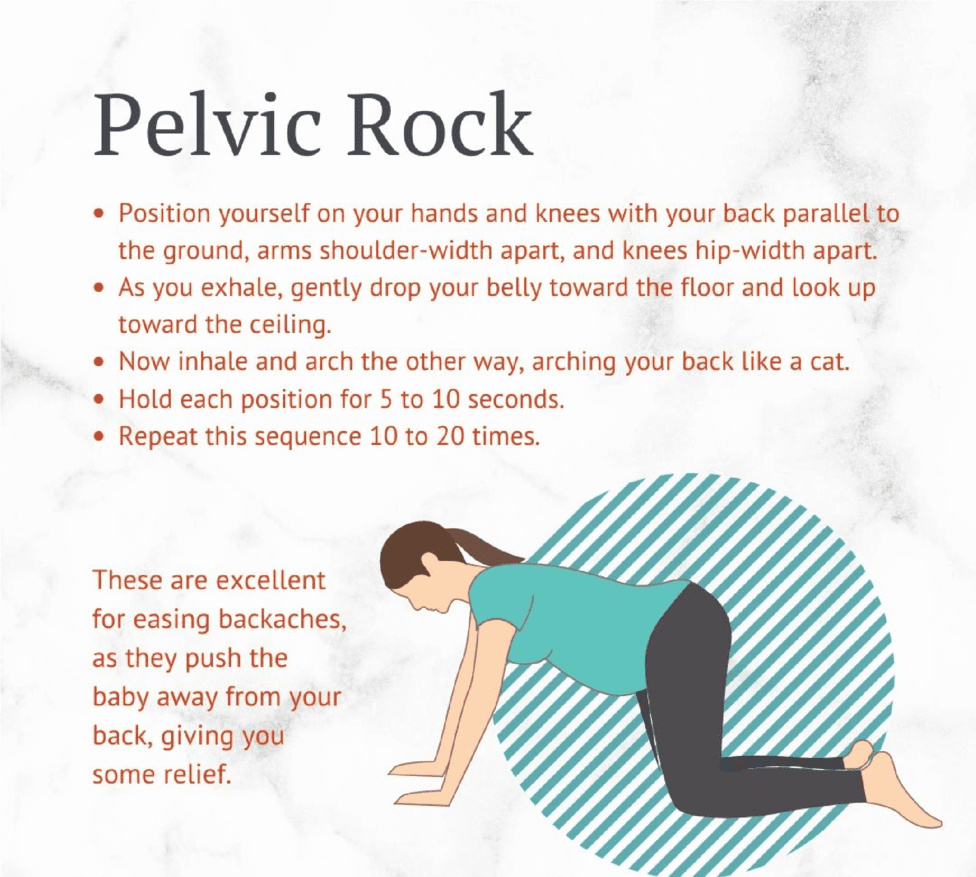A nurse is reinforcing teaching with a client who is postpartum about the measles, mumps, andrubella (MMR) vaccine.
Which of the following instructions should the nurse include in theteaching?
Avoid breastfeeding for 3 days after receiving the vaccine.
Your partner should also receive the MMR vaccine.
If you are allergic to gluten you should not receive this vaccine.
Avoid pregnancy for at least 28 days after receiving the vaccine.
The Correct Answer is D
Explanation:
Avoid pregnancy for at least 28 days after receiving the vaccine: This is a crucial instruction for women of childbearing age. The MMR vaccine is a live attenuated vaccine, and women should avoid becoming pregnant for at least 28 days after receiving it to reduce the theoretical risk to the developing fetus. Pregnant women should not receive the MMR vaccine, and women who receive the vaccine should avoid getting pregnant for at least 28 days afterward.
Incorrect:
A- Avoid breastfeeding for 3 days after receiving the vaccine: This statement is not accurate. Breastfeeding is not contraindicated after receiving the MMR vaccine. In fact, breastfeeding is safe and can be continued as usual.
B- Your partner should also receive the MMR vaccine: While it is essential for individuals to be vaccinated against measles, mumps, and rubella for their own protection and to contribute to herd immunity, it is not a specific instruction given to the postpartum client.
C- If you are allergic to gluten, you should not receive this vaccine: The MMR vaccine does not contain gluten, and a gluten allergy is not a contraindication for receiving the vaccine.
Nursing Test Bank
Naxlex Comprehensive Predictor Exams
Related Questions
Correct Answer is D
Explanation
Pelvic rocking exercises can help relieve lower back pain during pregnancy. The client can perform this exercise by getting on their hands and knees, keeping their back straight, and gently rocking their pelvis back and forth. This helps to stretch and strengthen the muscles in the lower back and pelvis.

Sit in a hot tub for 30 min every evening: Hot tubs and hot baths are not recommended during pregnancy as they can raise the body temperature too high, which can be harmful to the developing fetus.
Raise chairs to keep knees lower than hips: This recommendation is more appropriate for promoting good posture and reducing strain on the back, but it may not specifically address lower back pain.
Use the arms to pick up heavy items: It is important to avoid heavy lifting during pregnancy as it can strain the back and increase the risk of injury. It is recommended to use proper lifting techniques, such as bending the knees and using the leg muscles rather than the back muscles, to lift objects.
Correct Answer is C
Explanation
"My baby will receive the rotavirus immunization orally." - This statement is correct. The rotavirus vaccine is administered orally, typically as drops or as an oral suspension. It is important for the guardian to follow the specific instructions provided by the healthcare provider for the administration of the rotavirus vaccine.
"I should not feed my baby anything for 2 hours prior to an immunization." - This statement is incorrect. It is not necessary to withhold feeding prior to immunizations. In fact, it is generally recommended to feed the baby before the immunization to help provide comfort during the procedure.
"My baby will receive three doses of the meningococcal immunization before kindergarten." This statement is incorrect. The number of doses and the schedule for each immunization may vary. The guardian should consult with the healthcare provider or refer to the immunization schedule for the specific recommendations regarding the meningococcal immunization.
"I should expect my baby to have a high fever for 24 hours after an immunization." - This statement is not entirely accurate. While it is common for infants to experience mild side effects such as a low-grade fever after immunizations, a high fever is less common. The guardian should be aware of the potential side effects and contact the healthcare provider if they have concerns about their baby's reaction to the immunization.
Whether you are a student looking to ace your exams or a practicing nurse seeking to enhance your expertise , our nursing education contents will empower you with the confidence and competence to make a difference in the lives of patients and become a respected leader in the healthcare field.
Visit Naxlex, invest in your future and unlock endless possibilities with our unparalleled nursing education contents today
Report Wrong Answer on the Current Question
Do you disagree with the answer? If yes, what is your expected answer? Explain.
Kindly be descriptive with the issue you are facing.
